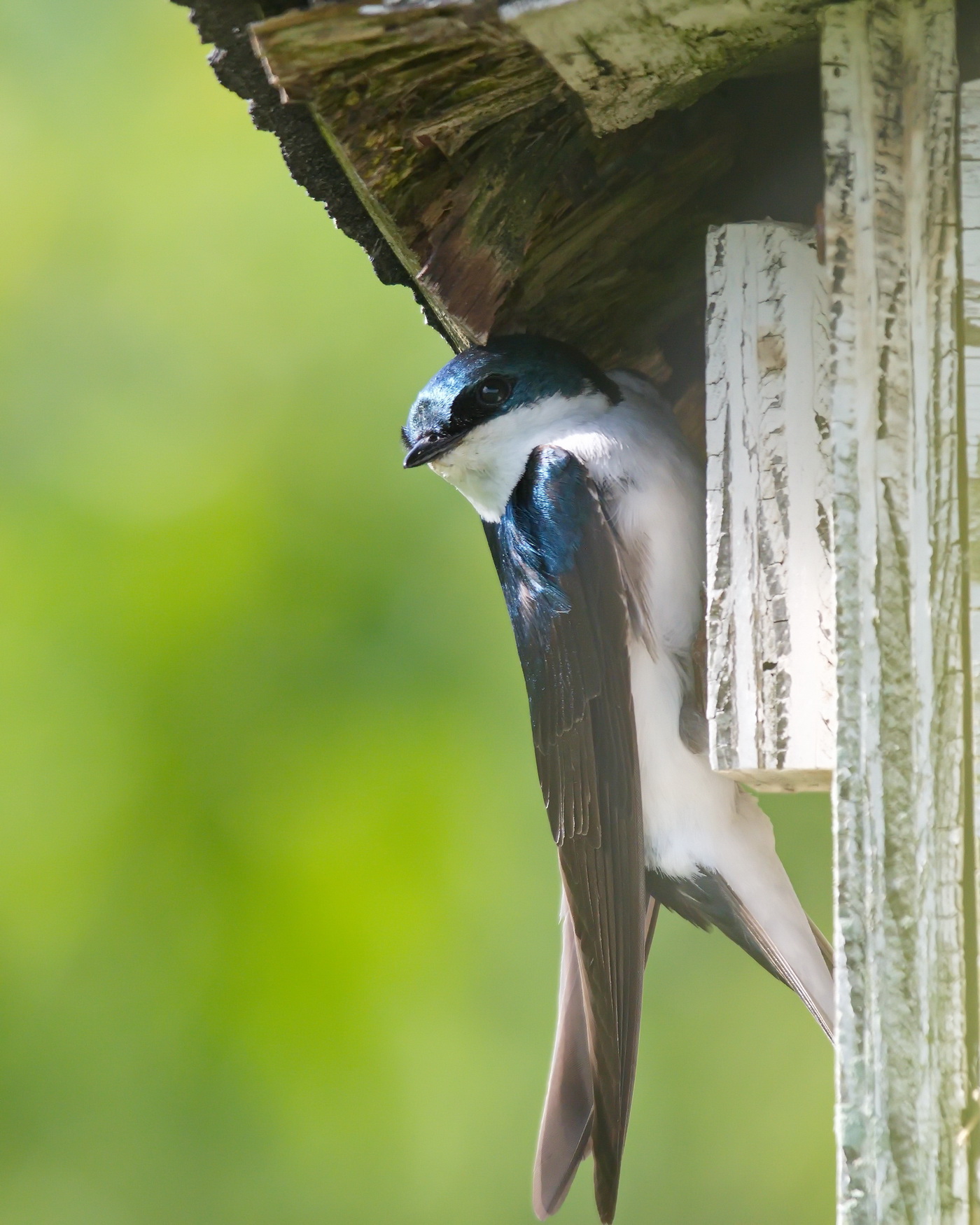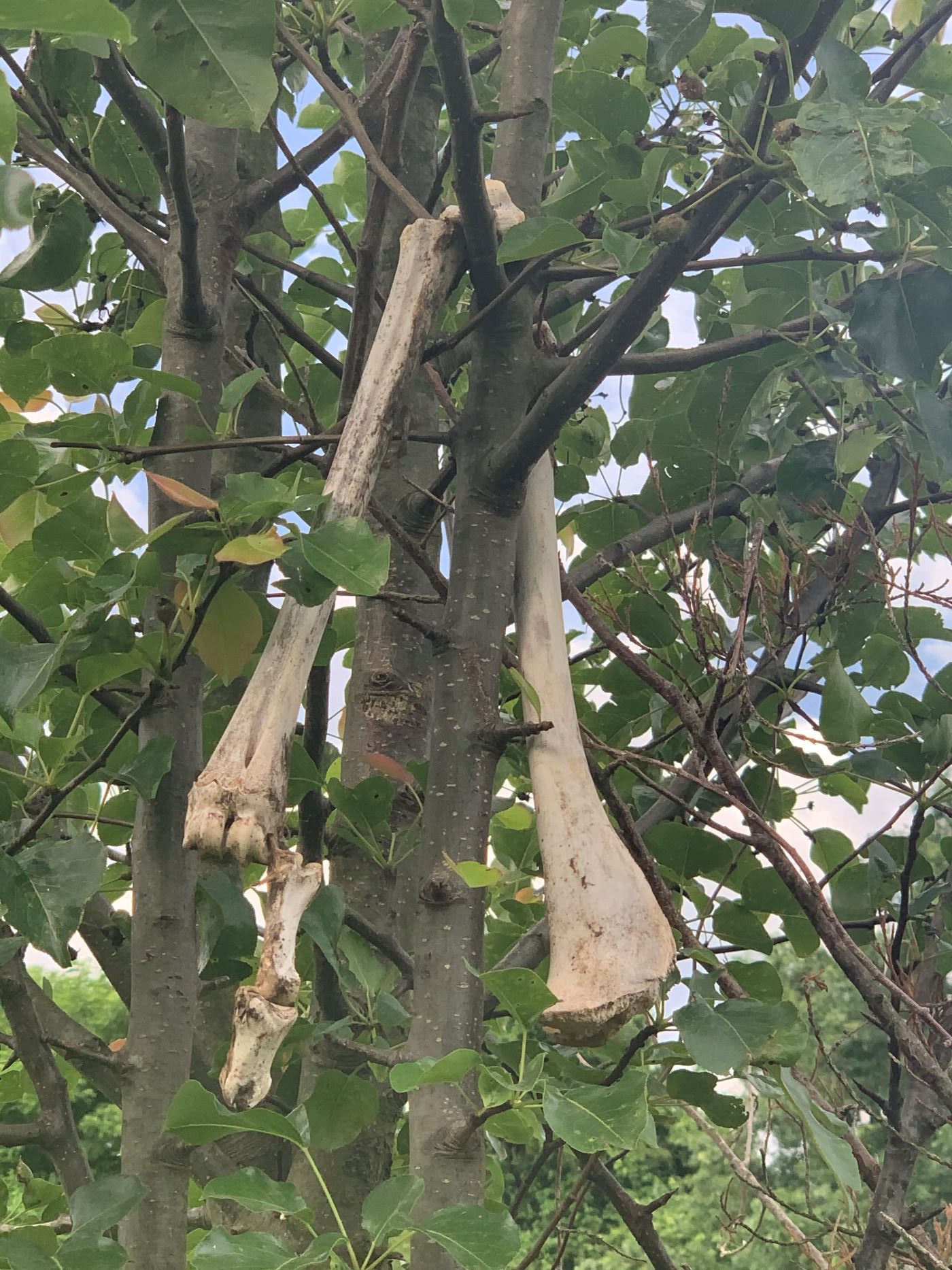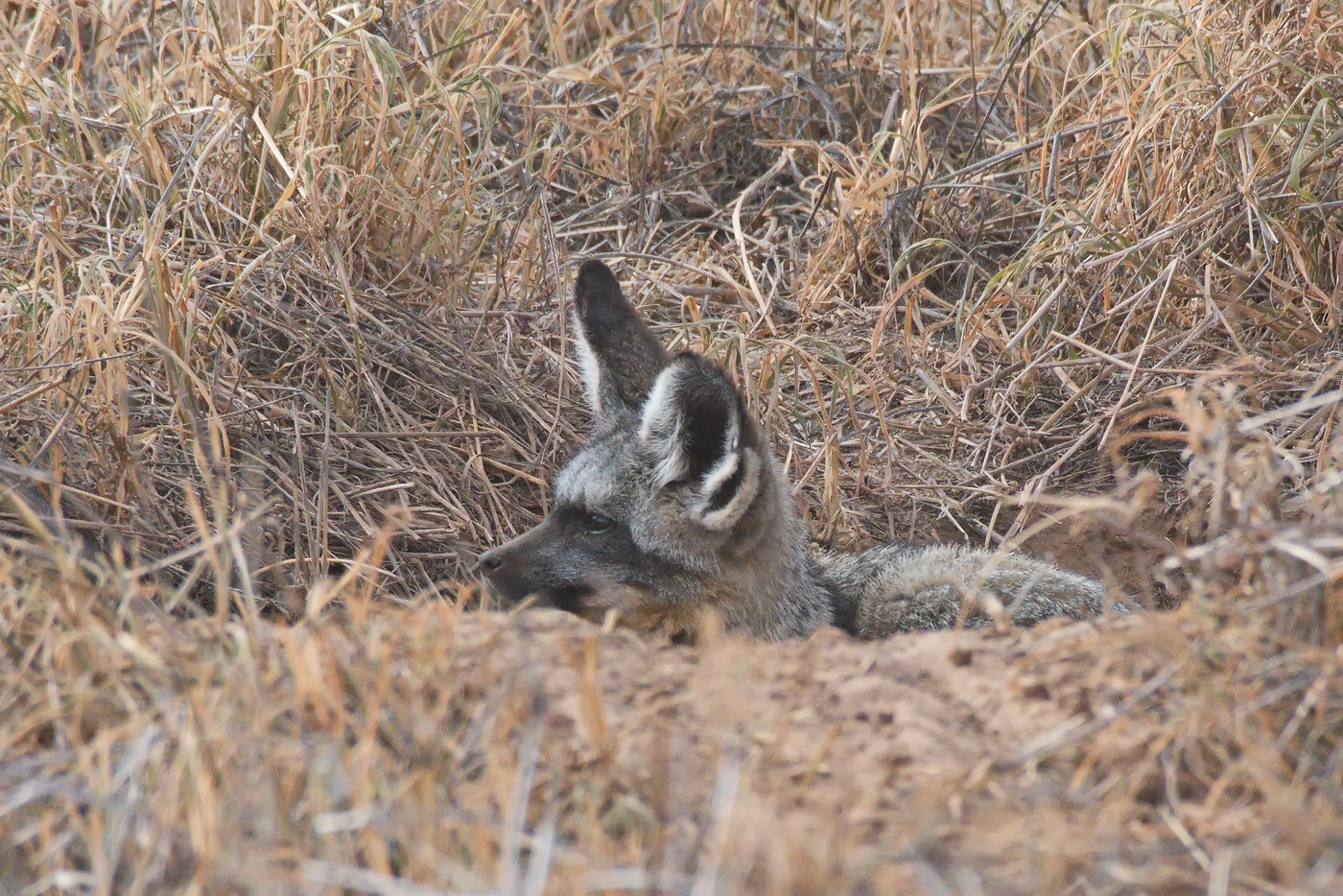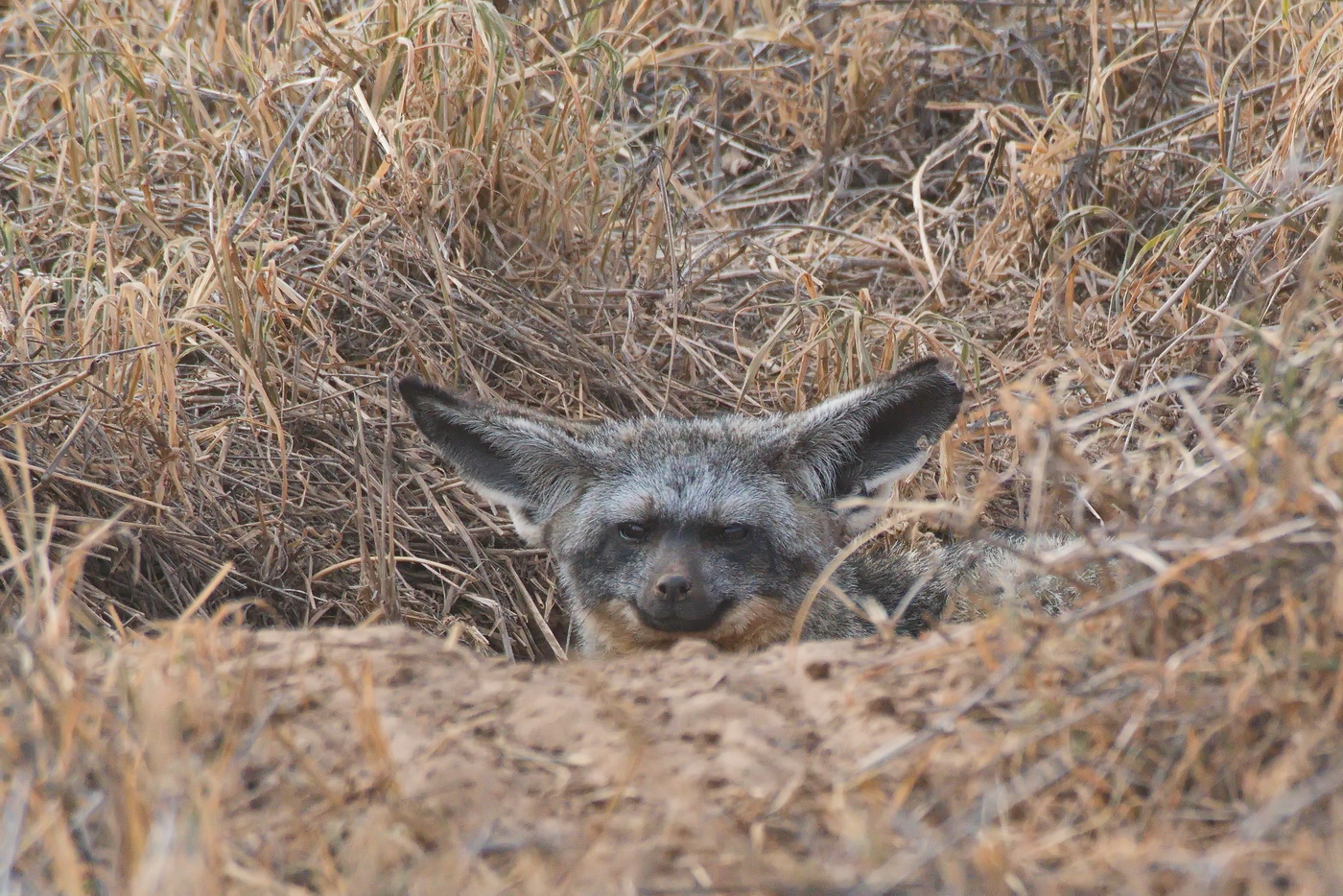Peace among wild things…and a new mystery to work on…

When despair for the world grows in me
and I wake in the night at the least sound
in fear of what my life and my children’s lives may be,
I go and lie down where the wood drake
rests in his beauty on the water, and the great heron feeds.
I come into the peace of wild things
who do not tax their lives with forethought
of grief. I come into the presence of still water.
And I feel above me the day-blind stars
waiting with their light. For a time
I rest in the grace of the world, and am free.
~ Wendell Berry, The Peace of the Wild Things
It seems as if the world has gone a bit mad of late, doesn’t it? I’ve been busy transferring all of my classes online with very little notice in order to accommodate restrictions necessitated by the global pandemic, and now there is a long overdue uprising that has become the biggest civil rights movement in the world to date. These things should and do demand a great deal of time, attention, and emotional energy, and I expect they’ll continue to do so for some time. But even as I remain committed with all my heart to work toward the common good, I’m also determined not to lose sight of two truths:
1. There is more to this world than humanity
2. The universe is far, far larger than nations that rise and fall
I was able to steal a few moments of reflection last week on a trail that I haven’t visited in quite a while…over a year…and most of the times I’ve been there have been during the winter. Turns out it’s just as lovely in the fecundity of spring.

(Tadpoles on their way to becoming froglets. I can’t identify the species, but the timing makes wood frogs a good guess.)
I didn’t get any spectacular photos, but even just the sounds and smells of the place made the time well spent. Click here: Springtime sounds Excuse the somewhat erratic videography. I was trying to capture the tree swallows who were flitting about, but their flight pattern is just too unpredictable. Can you *hear* all of that life surrounding me, though?? If you listen closely you can even hear deer snorting from within the copse of trees to my left.
Here’s a closer look at one of those elusive tree swallows.

In addition to refreshing my psyche, this particular hike also left me with a new tracking mystery to work on. I’d like to say I’ll solve it, but I think my odds are not as good as they were when I was trying to figure out who was using the den in my woods. Whoever was in that den was going to have to come out eventually…and they did! I’m less optimistic that I’ll be able to figure this one out, but it will be fun to try. Check this out:

Notice anything odd about that tree? Have a closer look:

WHY ARE THERE BONES HANGING IN THAT TREE???!!
I really had no idea, so I posted these photos to a tracking group I follow on Facebook, and the ideas ranged from implausible to intriguing. Initial guesses tended toward mountain lion, but we don’t have mountain lions in Maryland. I wish we did! I’ll bet they would help a lot with the whitetail deer overpopulation problem…plus big cats are just cool. (Random sidenote: Mountain lions aren’t actually considered to be big cats, which include lions, tigers, cheetahs, leopards, and jaguars. Mountain lions are the largest of the small cats…but they’re the big ones as far as North America is concerned!) Anyway, mountain lions are out. The next guess was a bobcat. Bobcats are not common in Maryland, and their population is mostly concentrated in the western and northern parts of the state. They do occasionally show up in the Piedmont region of the Chesapeake Bay watershed, so it is possible that a bobcat left deer bones in a tree here…but not terribly likely. It’s also possible that a human placed these bones in the tree. This is a low-traffic trail used mostly by birders, so it’s not likely that a kid threw them up there. Someone told me that she hangs bones in a tree when she takes them away from her dog. People do occasionally walk dogs on this trail, so I can’t rule humans out. Still doesn’t strike me as the most likely explanation, though. Turkey vultures have been known to carry carcasses into trees, and we certainly have plenty of turkey vultures around here. That position on the tree doesn’t look seem like a likely vulture perch, but it’s possible. Of the options listed so far, vultures seem the most promising. There was one more possibility, though…
Another tracker mentioned that bones in trees are sometimes a sign of gray fox. In all the time I’ve spent in the field I’ve seen a large number of red foxes and not a single gray one…but they are fairly common in Maryland. They’re just not frequently sighted because they are primarily nocturnal, unlike red foxes. It really is a whole other world after dark. For example, Maryland has as many flying squirrels as we do Eastern gray squirrels. I’ve probably seen thousands of Eastern gray squirrels by now, but I’ve only ever seen one flying squirrel…as a blur when it glided past me and landed with a thump on the tree next to my head as I was walking through the woods before sunrise. Because I don’t see them I don’t give gray foxes much thought, but now I’m intrigued. Gray foxes (Urocyon cinereoargenteus) are one of only two mammals in the genus Urocyon, the other being the California channel island foxes (Urocyon littoralis) that I tried to see last summer and still intend to photograph at my first available opportunity. The scientific name for red foxes is Vulpes vulpes, which loosely translates to Fox fox. Urocyon comes from the Greek work for “tailed dog,” and cinereoargenteus means “ashen silver.” Gray foxes are genetically related to African bat-eared foxes, which I saw…and loved!!…in Kenya.


Gray foxes are still the dominant fox species in the Pacific US states, but deforestation has made them less common in the east. They’re smaller than red foxes, have short legs, and are unique among canids in that they have retractable claws….sharp, hooked ones *that allow them to climb trees!* And apparently they sometimes cart bones up into trees where they can gnaw on them in peace.
I don’t know if there is a gray fox family near this trail, but if there is I realllllly want to see and photograph it! The odds may not be good, but I think I’ll be spending more time here in the near future nevertheless.

